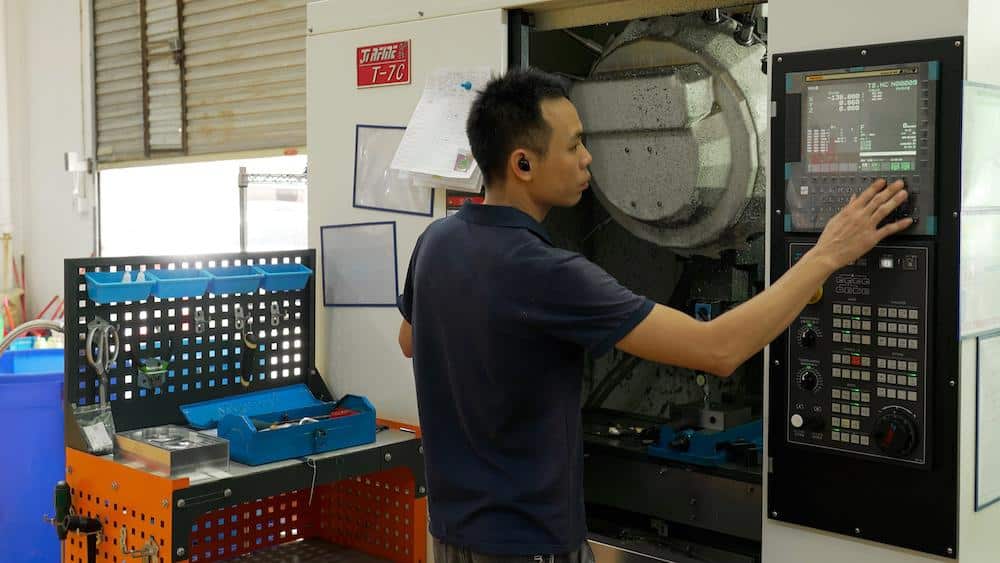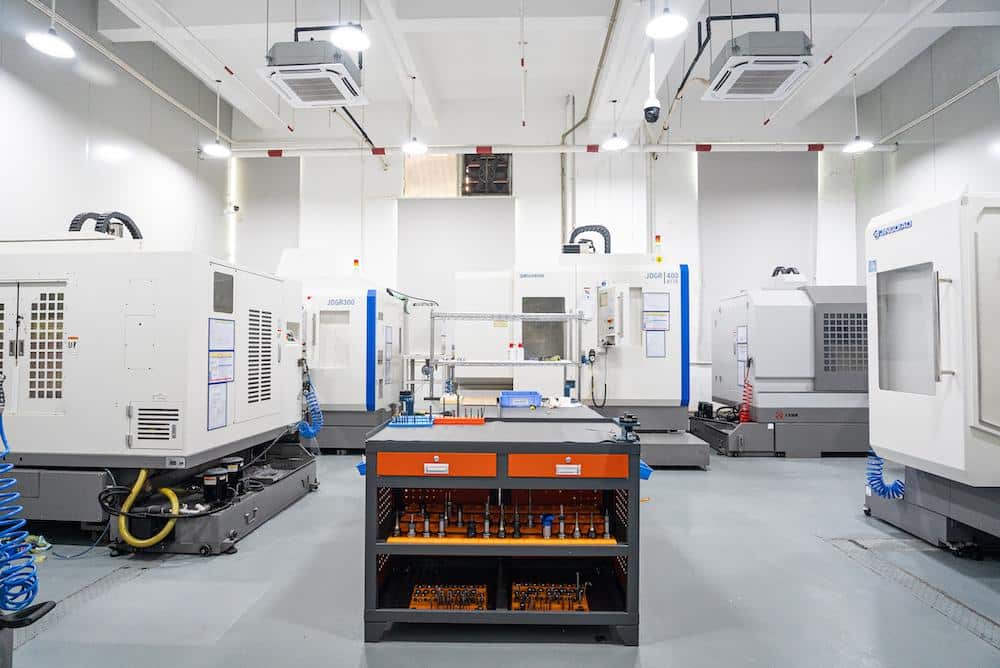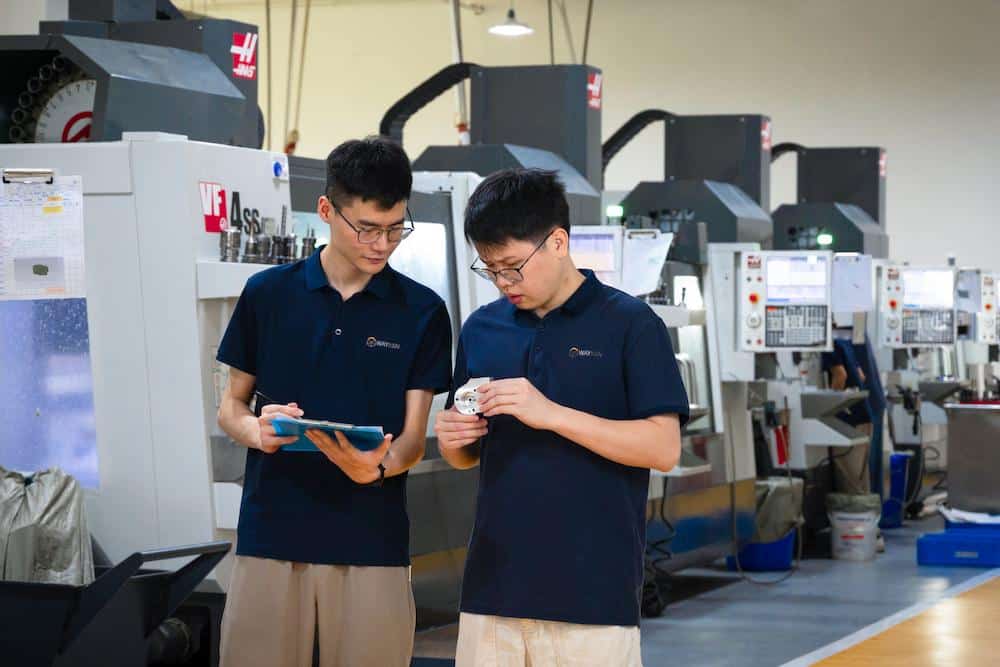The future of manufacturing is being transformed into smart factories. One of the largest beneficiaries of this transformation is the automotive industry, with such tools under development, automation, and the use of data as the core of decision-making. Especially the manufacture of auto parts is being improved by new methods of operation that integrate efficiency, accuracy and creativity. The rapid manufacturing process and automotive prototyping processes enable firms to shift to manufacturing quicker than ever since the invention of design. This article explores how smart factories are improving efficiency, enabling better prototypes, balancing costs, and setting the stage for continuous innovation.
The Role of Smart Factories in Auto Parts Manufacturing
Smart factories are a combination of networked machines, sophisticated sensors, and digital platforms to streamline the whole production cycle. In the manufacturing of auto parts, these systems make mistakes less, downtime less, and the efficiency is enhanced. Robotic devices can perform repetitive tasks faster, and the tools designed to provide real-time monitoring will make sure that a possible problem is identified in time and addressed promptly.
Smart factories are even more powerful when combined with automotive prototyping. The engineers are able to test and refine designs very fast and then transfer the proven models into large scale production. This smooth migration can minimize risk in development and it shortens time to market of new components. As there is a closer connection between design and production, manufacturers provide the components that perform better and at a quicker pace.
The advantage extends further through rapid manufacturing. Through automation, decision-making grounded in data, and production that is flexible, businesses are able to increase production size without sacrificing accuracy. This will enable both big and small suppliers to remain competitive in a rapidly evolving automotive industry.
Advancing Innovation with Automotive Prototyping
The automotive development has always had prototyping at its heart, which provided engineers with an opportunity to test their ideas without investing into mass production. Historically, though, it was a lengthy process consuming resources, and could take weeks or even months to create real physical models. This also made design iterations more expensive and slowed down innovation.
This process is being redefined by smart factory technologies which allow more rapid and accurate automotive prototyping. Digital design, 3D simulations, and CNC machining enable teams to construct working prototypes that closely replicate finished parts. Now engineers are able to test numerous options simultaneously, compare the performance and refine design fast. This speed minimizes risks and makes sure that defects are eliminated at the early stages of the cycle.
When integrated with rapid manufacturing, prototyping becomes a powerful driver of innovation. Designs can be tested in addition to being economically scaled to production. This smooth transition assists automakers to reduce the development schedule and remain competitive in a fast-moving industry.
Balancing Cost Efficiency with Performance in Manufacturing
Smart factories provide the manufacturers with new opportunities to find the compromise between cost efficiency and high-performance. Connected machines and automation allow companies to minimise errors and material waste. Predictive maintenance also has a part to play, as it predicts the problem before it creates a breakdown or costly downtime. These are direct benefits to the reduction in the operating costs and the streamlining of production cycles.
Another source of flexibility is the rapid manufacturing which decreases the setup times and simplifies the work processes. Production lines are also able to change swiftly and not require extended delays when there is a change in demand or new models are being produced. The ability will enable manufacturers to address changes in the market with confidence and ensure costs are kept at a reasonable level. The outcome is a faster way of making credible auto parts.
Meanwhile, automotive prototyping assists in this balance of costs to performance by making sure that components are being tested early. By identifying defects in advance of the mass production, companies reduce recalls and ensure cost-efficientness and quality of the final product to end users.
Collaboration and Continuous Improvement in Smart Factories
The smart factories are based on cooperation on all levels of the organization. The expertise of engineers, designers, operators, and analysts is also applied, which means that data-driven decisions are implemented instead of the trial-and-error method. This team work gets rid of silos and provides a clear atmosphere in which obstacles can be overcome expediently and efficiently.
Such environments support continuous improvement since all the departments contribute to the refinement of production. Workflow, design or material choice changes are also introduced with agility, and this enables manufacturing systems to be flexible and efficient. This flexibility is particularly important because new vehicle designs and technologies are being launched at a very fast rate.
This type of collaboration is useful in both rapid manufacturing and automotive prototyping. The iterations of design are considered rapidly, and results are distributed and insights are applied to make the next design better. Such a feedback and refinement over time creates a stronger cycle that has continued to drive manufacturers competitiveness in an otherwise challenging industry.
Case Study Showing the Impact of Smart Factories on Production
A mid-sized automotive supplier adopted smart factory solutions to improve efficiency in its manufacturing operations. The company faced challenges with long production cycles and inconsistent quality control.
By introducing connected machines and using rapid manufacturing techniques, the supplier reduced lead times by nearly 40 percent. In addition, the adoption of digital twins allowed engineers to test automotive prototyping models virtually before machining physical samples. This saved both time and material costs. The case demonstrates how digital tools create measurable improvements, helping companies compete against larger global manufacturers while maintaining high standards of quality.
Conclusion
The rise of smart factories marks not just a technological upgrade but a full transformation of how efficiency and innovation converge. By integrating rapid manufacturing for speed with automotive prototyping for precision, companies can design, test, and produce parts faster while maintaining quality. As shown in the case study, even mid-sized suppliers gain from these tools, proving that collaboration and continuous improvement make auto parts production faster, smarter, and more reliable than ever.





































